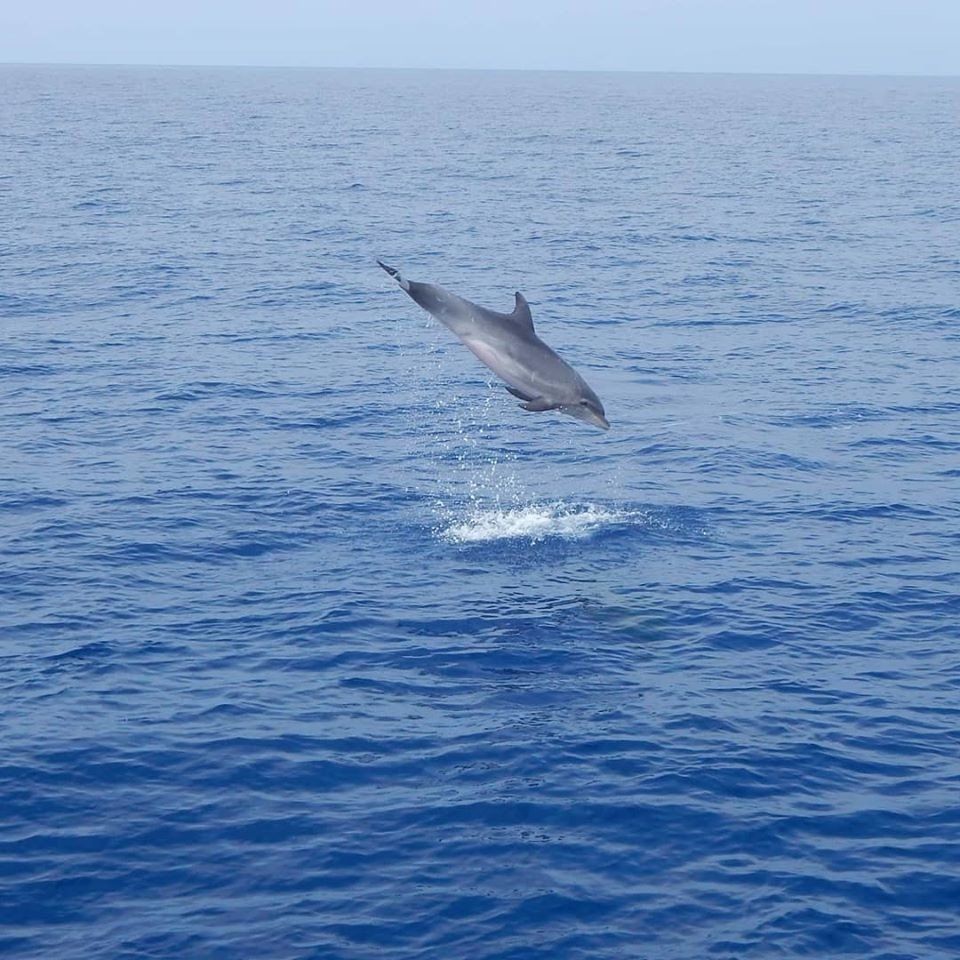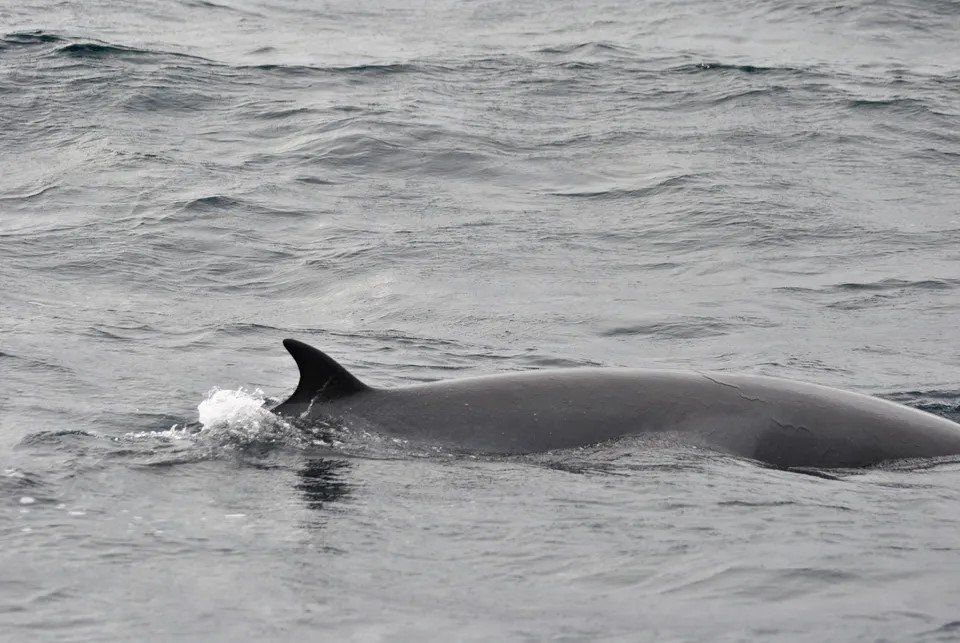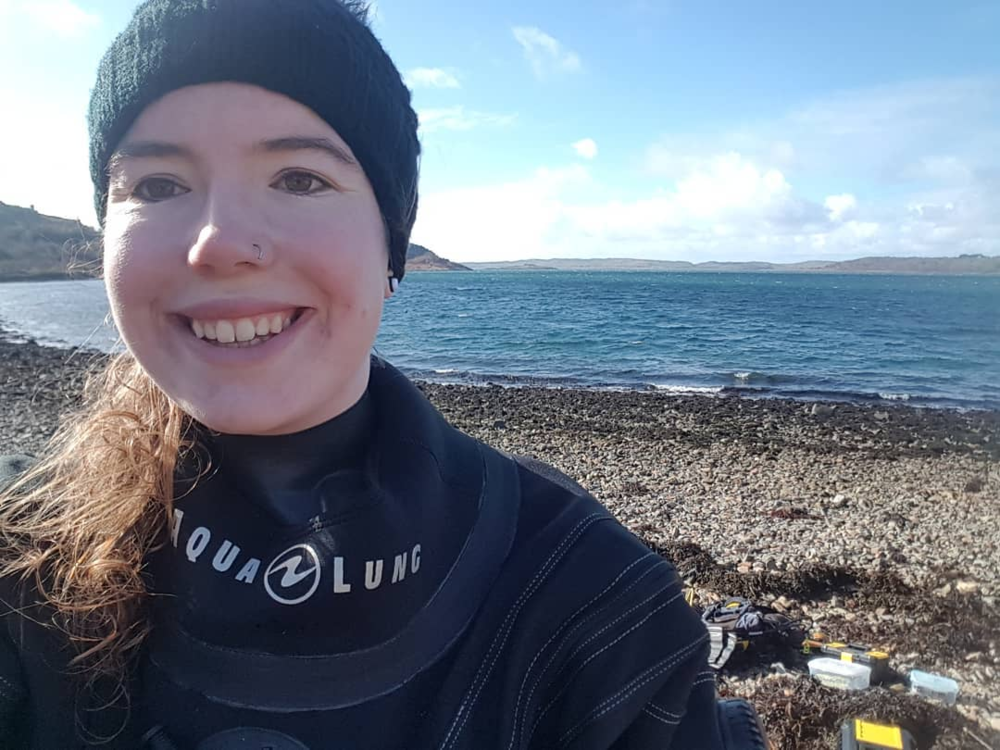WORLD OCEANS DAY-
OUR AMAZING OCEANS!
Lottie Glover | 7th of June 2020.
Today (8th June) is World Oceans Day! A day to celebrate and appreciate our beautiful marine environment, which is sadly more at threat than ever before.
The ocean covers 70% of the Earth’s surface, yet we have only explored around 10%.It is estimated that 50-80% of the world’s biodiversity is found in the ocean.There are around 200,000 identified marine species, but scientists think that there are actually over 2 million marine species! 1 billion people live in coastal areas and 500 million people rely on the ocean for their livelihood. The marine environment provides us with many ecosystem services including climate regulation and food provisions, as well as being important for educational, cultural, and aesthetic reasons.
Our oceans truly are amazing. Here are a few of the iconic species found off the coast of Ireland…
Basking Shark
(Cetorhinus maximus)
This is the 2nd largest fish in the world reaching up to 10m in length!They can be found in temperate seas worldwide, but there are “hotspots” inIrish waters, especially during summer. They have a large, dark grey, triangular dorsal fin, and usually you also see their tail tip and bulbous snout visible above the surface of the water too.
Basking sharks are passive filter-feeders with a diet composed of zooplankton. They are ovoviviparous, meaning the eggs hatch inside of the female’s uterus and the females give birth to the live young. Their breeding behaviour is still uncertain, but courtship behaviour has been seen off the Isle of Man, so they may breed here. In the North East Atlantic they are classed as Endangered on the IUCN Red List. Basking sharks are threatened by climate change, plastic pollution, hunting and entanglement.
Common Bottlenose Dolphin
(Tursiops truncatus)
These are the most iconic and well-studied cetacean species around the world. There are 3 distinctive populations of common bottlenose dolphins in Irish waters, including a semi-resident group of 6-10 individuals in Cork Harbour. The bottlenose dolphin is up to 4m in length. Their colouring varies from dark grey on the back to a lighter grey on the flanks, but can even be a brownish grey, a blueish-grey or nearly black. They are known for the acrobatic skills and are often seen breaching and bow riding.
InIreland they are generalist predators, feeding on fish, cephalopods, and crustaceans. Bottlenose dolphins in Ireland have been found to have 11 activity states and 45 different behavioural events. They use various vocalisation types to communicate, as well as tactile behaviour and echolocation clicks and buzzes.
It is estimated that there are around 600,000 common bottlenose dolphins world wide and they are classified as Least Concern on the IUCN Red List. However, they are still threatened by fishing gear, plastic pollution, and chemicals such as PCBs.
Common Minke Whale
(Balaenoptera acutorostrata)
The smallest and most abundant baleen whale species found off Ireland. They are8-9m in length with their dorsal fin positioned around 2/3rds along its back.The upper part of their body is a dark grey, and the underside is white, with a distinctive white patch on their pectoral fins.
Minke whales have an average lifespan of 45-50 years. They primarily feed on small schooling fish. They are usually solitary animals, but on rare occasions they have been seen feeding in groups of up to 100 individuals. Minke whales can stay under water for 20 minutes. Although classified as Least Concern on theIUCN Red List, the minke whale is threatened by hunting, entanglement, and by-catch.
Harbour(Common) Seal
(Phoca vitulina)
This seal species has a rounded head and muzzle. The spots on their coat are unique to each seal. The harbour seal varies in colour from brown to grey. They have long whiskers and no visible ears, with their nostrils forming a V shape. Harbour seals have a characteristic “banana-like” resting posture on land with their head and tail raised off the ground. They are up to 2m in length. They stay underwater for up to 10 minutes and can dive up to 50m. Females give birth to a single pup in June or July.
There are 250 resident harbour seals on Seal Island just off Garnish Island in WestCork. They are classified as Least Concern on the IUCN Red List. Harbour seals are at risk of the accumulation of pollutants such as heavy metals and PCBs, which can affect breeding success. They are also threatened by hunting, bycatch, and entanglement.
What threats do our oceans face?
Sadly, the health of our oceans is under threat. Global warming is disrupting ocean currents, increase ocean temperatures, causing sea levels to rise and acidifying the water. We could lose all of our coral reefs by 2050 if we do not control the rising ocean temperatures. More extreme weather events are occurring which is putting coastal habitats and livelihoods at risk.
Chemical pollution has put many marine animals at risk. This has been seen in the Scottish WestCoast Community of Orcas, which includes John Coe and Aquarius who were recently seen in Strangford, Northern Ireland. The pod now only has 8individuals, and no calves have been since the early 1990s. Researchers believe this is due to the accumulate of PCBs (polychlorinated biphenyls) which can affect their fertility. In 2016, an orca from this pod known as Lulu washed upon an island in Scotland, and she was believed to be one of the most heavilyPCB-polluted animals recorded in the world. Other contaminants that put marine animals at risk include DDT (Dichlorodiphenyl trichloroethane) and lead.
Plastic pollution is a relatively new threat to our oceans. In 1950, 1.5 million tonnes of plastic were produced. In 2016, over 320 million tonnes of plastic were produced, and this is set to double by 2034! It is estimated that cumulative weight of plastic floating in the ocean is around 269,000 tonnes (the equivalent to roughly 1,500 blue whales). Recent studies have found plastic pollution in 100% of marine turtles, 59% of whales, 36% of seals and 40% of seabirds. Thousands of animals are dying due to ingestion and entanglement.
How can you help our oceans as an individual?
There are several simple ways you can help protect our oceans:
· Useless single-use plastic items. Find alternatives such as bars of soap and reusable water bottles. Reduce, reuse, and recycle!
· Take part in litter picks and beach cleans.
· Check that the fish you eat is sourced sustainably and does not contribute to by-catch.
· Take part in citizen science projects such as the ORCA IRELAND
Observers App to help monitor marine animals in Irish water.



















